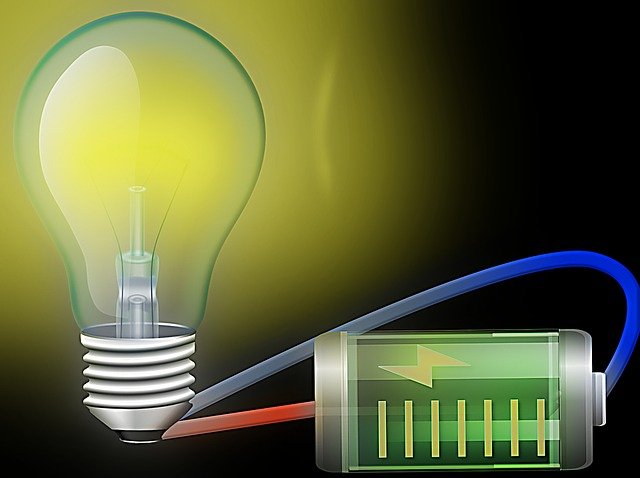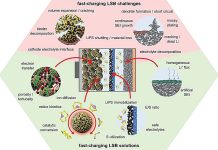
As solar power and wind power become more important in the world electricity supply, people look for reliable and cheap ways to store energy.
Recently, chemists from the University of Waterloo develop a long-life, high-capacity zinc battery for grid energy storage. This zinc battery only costs half the price of current lithium batteries.
The research is published in Nature Energy.
Compared with lithium batteries, the zinc battery has high abundance and large-scale production, thus making it cheap. Moreover, it is non-toxic and stable in water.
This stability renders a large voltage window (~2V) for the aqueous zinc battery that uses a metallic Zn negative electrode.
Researchers used nanofiber to achieve sustaining long-life cycling in the zinc battery. The nanoscale morphology and a compact electrode structure enable high specific capacities.
Researchers found that the ion-intercalation battery works better with aqueous electrolytes than non-aqueous. Water molecules play a key role to allow Zn2+ egress/ingress and thus lead to high battery performance.
The indigenous Zn ions of the battery stabilize the layered structure and ensure cycling stability in the long run. The battery also has good interparticle contacts and compact as well as flexible electrode architecture.
Furthermore, the nanostructure can accommodate the strain generated during electrochemical Zn2+ cycling. The thin nanobelts enable short Zn2+ diffusion length and the large electrode interface area.
Researchers suggest that the new zinc battery has superior electrochemical performance. It is low-cost, easy to assemble, and can meet the need for large-scale energy storage.
Copyright © 2018 Knowridge Science Report. All rights reserved.



